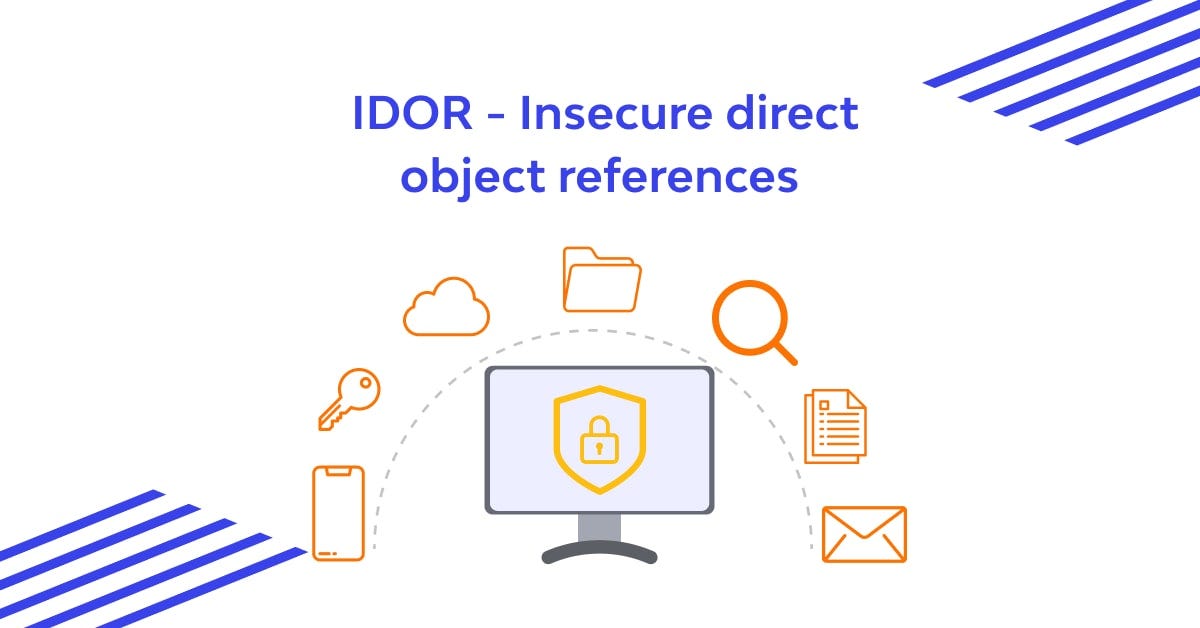BOOK THIS SPACE FOR AD
ARTICLE ADIn today’s interconnected digital landscape, the constant threat of cyberattacks looms large. Malicious actors seek to exploit vulnerabilities in software and systems, wreaking havoc on organizations and individuals alike. To fortify their defenses, businesses are turning to Bug Bounty Programs, an innovative and collaborative approach to bolster cybersecurity.
Bug Bounty Programs, also known as vulnerability reward programs, provide a platform for ethical hackers to uncover security weaknesses in a controlled environment. These programs incentivize individuals with technical expertise to responsibly disclose identified vulnerabilities to organizations, enabling them to patch these flaws and enhance their overall security posture.
The Bug Bounty Programs ecosystem thrives on collaboration, trust, and the mutual goal of protecting digital assets. With participants ranging from multinational corporations to tech startups, these programs have gained significant traction in recent years. Let’s delve into the inner workings of Bug Bounty Programs and uncover their numerous benefits.
Bug Bounty Programs have emerged as a valuable tool in the battle against cyber threats. Here’s why they matter:
1. Crowd-sourcing Cyber Defense:
— Engaging a diverse pool of ethical hackers exponentially increases the chances of identifying vulnerabilities.
— With a multitude of perspectives, participants bring fresh insights and unique approaches to security testing.
2. Real-World Testing Environment:
— Bug Bounty Programs create a safe and controlled environment for ethical hackers to assess systems and software for weaknesses.
— This simulation closely mirrors real-world scenarios, allowing organizations to proactively address vulnerabilities before they are exploited by malicious actors.
3. Continuous Improvement:
— By establishing ongoing Bug Bounty Programs, organizations foster a culture of continuous improvement in cybersecurity.
— Regular evaluations and bug disclosures enable businesses to stay ahead of emerging threats, strengthening their defenses over time.
Establishing a Bug Bounty Program requires careful planning and execution. Consider the following steps:
1. Define Scope and Goals:
— Determine the assets, systems, or software that will be included in the program.
— Clearly outline the program’s objectives, such as finding critical vulnerabilities or testing specific applications.
2. Establish Rules of Engagement:
— Define rules and guidelines for ethical hackers participating in the program.
— Set expectations regarding responsible disclosure, communication channels, and the types of vulnerabilities that qualify for rewards.
3. Determine Rewards:
— Offer attractive and competitive rewards to incentivize ethical hackers.
— Rewards can range from monetary bounties to recognition, swag, or even employment opportunities.
4. Create a Vulnerability Reporting Process:
— Establish a streamlined and secure process for ethical hackers to report identified vulnerabilities.
— Maintain open lines of communication to address any questions or concerns from participants promptly.
5. Collaborate with a Bug Bounty Platform:
— Partner with a reputable bug bounty platform to streamline the management of the program.
— These platforms provide infrastructure, reporting tools, and expertise to facilitate bug submissions and triage processes.
Q1: Can anyone participate in Bug Bounty Programs?
A1: Yes! Bug Bounty Programs are open to anyone with the necessary skills and expertise in ethical hacking.
Q2: What types of vulnerabilities are typically rewarded?
A2: Bug Bounty Programs reward vulnerabilities that pose significant risks, such as remote code execution, authentication bypass, or sensitive data exposure.
Q3: How are rewards determined in Bug Bounty Programs?
A3: Rewards are typically determined based on the
severity of the identified vulnerability, its potential impact, and the overall effort required to exploit it.
Q4: Are Bug Bounty Programs legally binding?
A4: Yes, participating in a Bug Bounty Program involves agreeing to terms and conditions, establishing legal agreements between the organization and ethical hackers.
Bug Bounty Programs have revolutionized the cybersecurity landscape, providing a proactive and collaborative approach to identifying and mitigating vulnerabilities. These programs leverage the collective power of ethical hackers worldwide, creating a robust line of defense against cyber threats.
By embracing Bug Bounty Programs, organizations can stay one step ahead of malicious actors, strengthen their security posture, and foster a culture of continuous improvement. With the right planning, execution, and collaboration, Bug Bounty Programs can unleash the potential to safeguard digital fortresses and protect our interconnected world.
.png)
 11 months ago
47
11 months ago
47 














 Bengali (Bangladesh) ·
Bengali (Bangladesh) ·  English (United States) ·
English (United States) ·